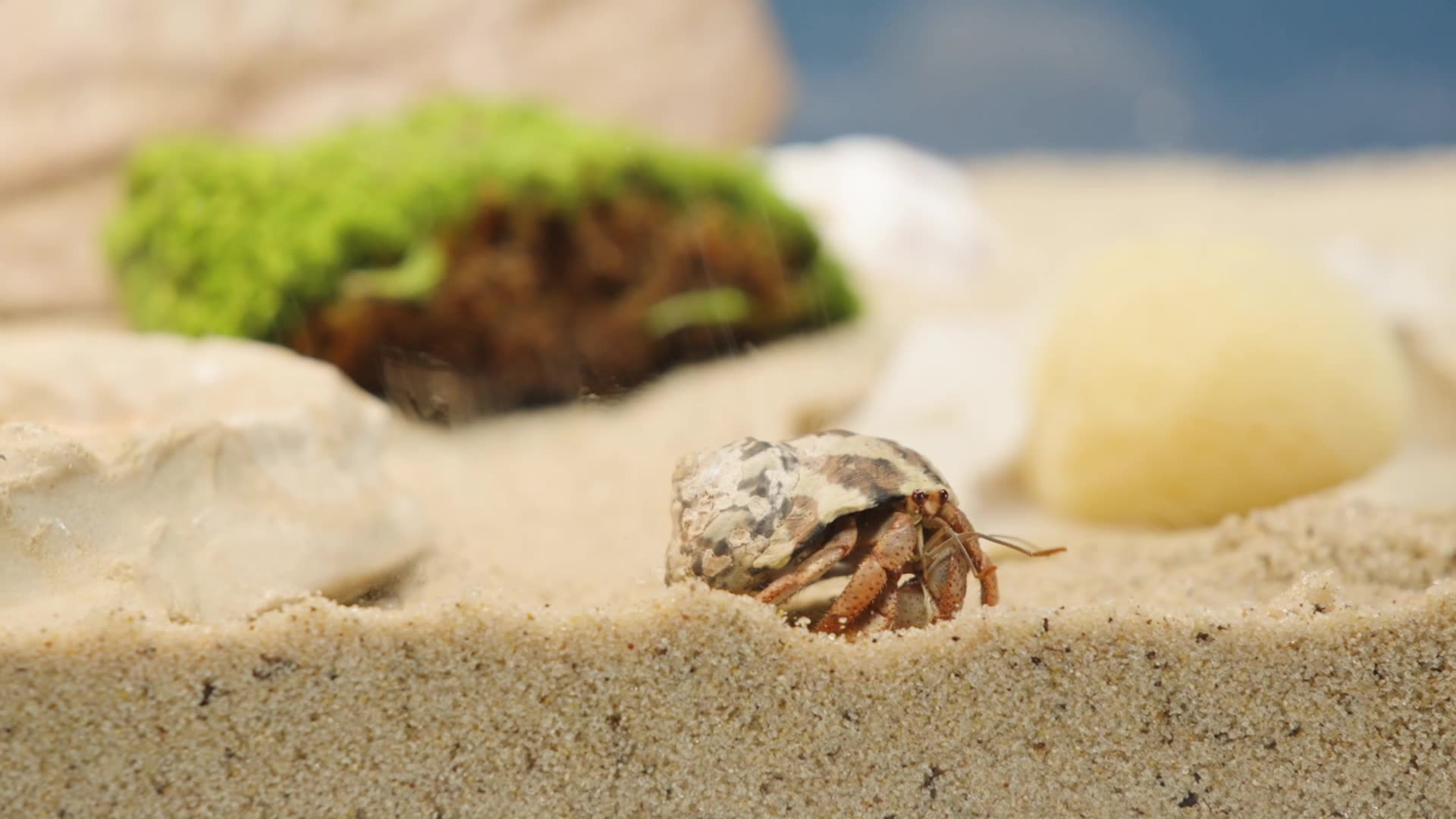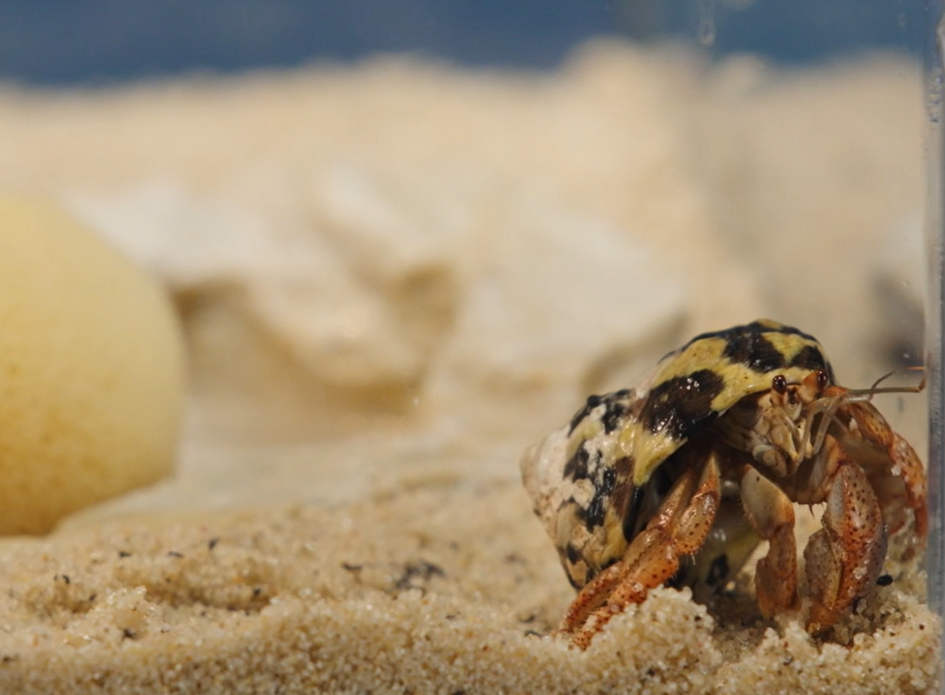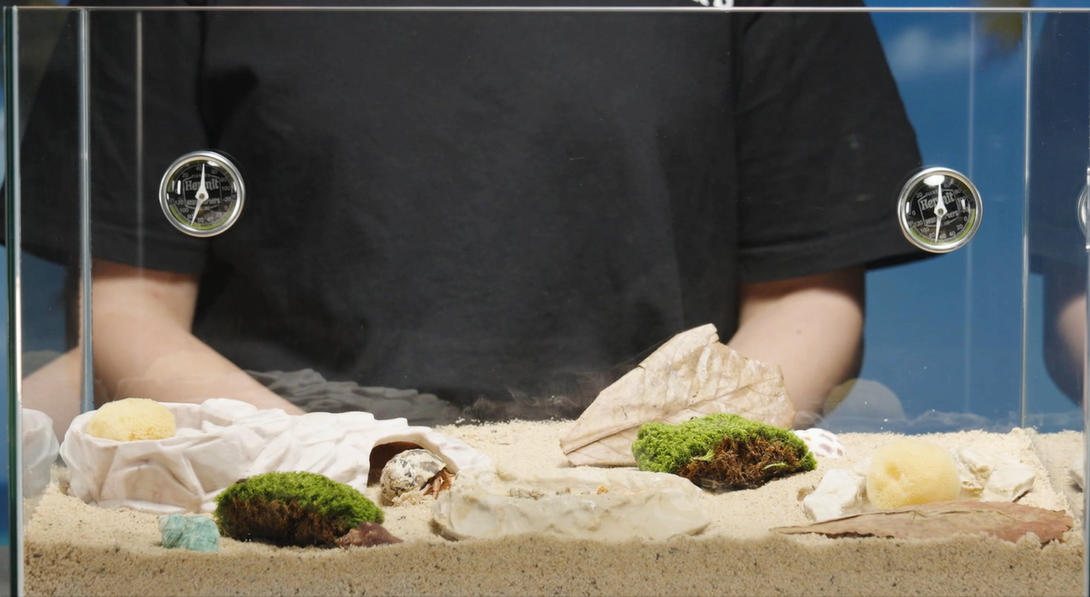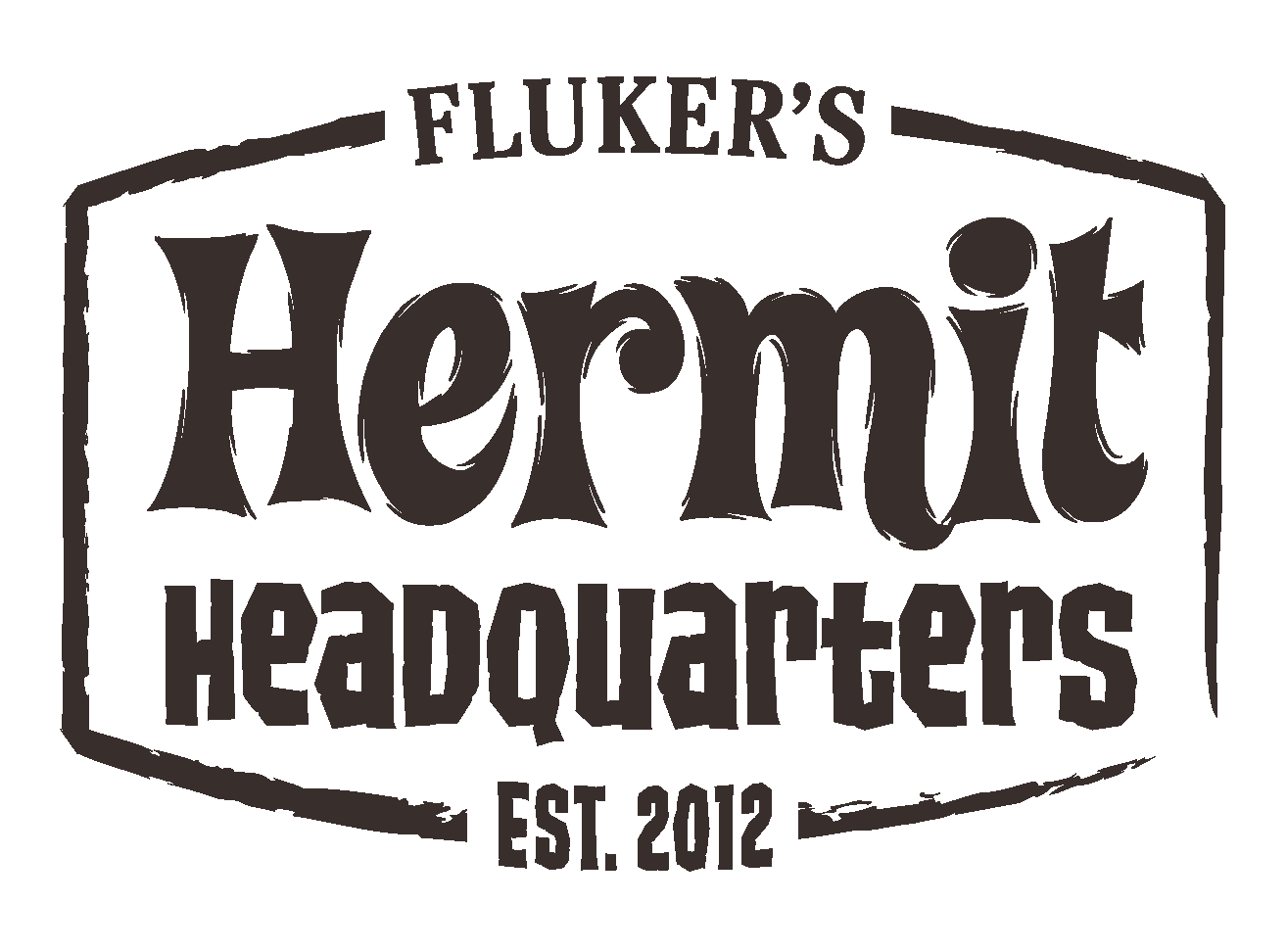Hermit Crabs: Fun Facts and Pet Care Tutorials
Posted by The Fluker's Team on Jun 4th 2024

Our Pet of the Month for June is the hermit crab! While not a reptile, this crustacean is a popular and easy-to-care-for pet choice.
Despite their name, land crabs are very social. They are non-aggressive and not bothered with handling. They are also quite intelligent and curious. Hermit crabs carry no diseases, are neat and clean, and do not require much living space.
Hermit Crab Fun Facts
1. Hermit crabs are a type of crustacean that are part of the superfamily Paguroidea. These crabs are spread across seven different families and various locations worldwide, totaling approximately 1100 species of hermit crabs.
2. Crabs have attributes like legs, claws, a tough shell, eyes on stalks, and two pairs of antennae.
3. These unique creatures with soft bodies are more closely related to lobsters than traditional crabs.
4. Land crabs, also known as terrestrial species, are active during the night and seek shelter during the day to avoid the sun. These are the kinds of hermit crabs commonly kept as pets.
5. Hermit crabs are social animals and do well when kept in pairs or groups, despite their name suggesting otherwise.
6. Land hermit crabs don't make their shells, they use empty shells from other animals as their home and protection. When molting, the crab grows bigger and has to search for new shells.
7. Hermies are not fussy about their food! As omnivores, they will forage for any available plant or animal matter.
8. Both aquatic and terrestrial crabs utilize gills for respiration. Despite having well-developed gills, terrestrial crabs are unable to breathe underwater.
9. Hard-shell crabs can vary in size, but typically adults are between 2-6 inches long.
10. With appropriate care and a fitting "crabitat," your pet hermies have the potential to live for a decade or more!
11. Feeding your crabs a diverse range of foods, including fruits and vegetables, is crucial to maintaining optimal health and growth. Store-bought hermit crab food is another option for variation in your crab's diet.
12. Maintaining high temperature and humidity levels (at least 70%) in their habitat is important. This helps mimic their natural environment.
13. Regularly clean hermit crab enclosures and provide a variety of shells to keep them healthy as they grow.
14. By following these care guidelines, you can enjoy the company of your hard-shell land crabs for many years to come.
Hermit Crabs as Pets

Hermit crabs are a great choice for those looking for a pet that won't break the bank. They are inexpensive and simple to care for. This makes them an excellent option for pet owners seeking low-maintenance pets.
Land hermit crabs are easy to find at pet stores or online. They are accessible to anyone who wants to become a crab owner.
Their low maintenance makes them a great choice for busy people or those who can't commit to a high-maintenance pet. With just a few basic supplies such as a tank, substrate, food, and water, hermit crabs can thrive in a home environment.
Some think hermit crabs are cheap pets, but they are more than just a novelty. These fascinating creatures are capable of forming bonds with their owners and can show affection in unique ways. With good care, hermit crabs can live a long time and bring happiness to their owners.
Remember that crabs have specific needs that you must meet for them to thrive. They require a suitable habitat with the right temperature, humidity, and substrate to mimic their natural environment. They also need a varied diet and access to fresh water to stay healthy.
Owners can have a great relationship with hermit crabs by learning about and meeting their needs. Small pets have vibrant personalities and behaviors that can bring joy and entertainment to their caregivers. So, next time you see a hermit crab for sale at a low price, remember that they deserve the same love and care as any other pet.
Hermit Crab Care

When creating a home for your crabs, make sure it resembles their natural habitat. Use a tank with a secure lid to prevent escapes, as they are good at getting out. The tank needs sand or coconut fiber (substrate) for burrowing, hiding spots, and climbing areas like rocks, driftwood, and shells.
As hermit crabs grow, giving them different shells to switch into as they go through molting is important. Hermit crabs need shells of various sizes and shapes to stay safe and comfortable. We recommend Fluker's Hermit Crab Shells.
Provide a shallow dish of fresh water for drinking and a deeper dish of saltwater for bathing. This is important for keeping them hydrated and healthy.
Hermit crabs are omnivores and need a balanced diet to thrive. This includes a variety of fresh fruits and vegetables, as well as protein sources such as cooked meat, fish, and eggs. You can also offer Fluker's Hermit Crab Food as a supplement, but it should not be their only source of nutrition. Removing any uneaten food promptly is important to prevent mold and bacteria growth in their tank.

Make sure your hermit crabs have the right home. Provide them with things to play with.
Give them good food to eat. This will help them adjust well to your care. With the right care and attention, your hermit crabs can live a long and happy life in captivity.
Our guide and videos help you care for your hermit crab, keeping it happy and healthy. Topics covered include enclosure, hermit crab sand, accessories, temperature, lighting, diet, nutrition, growth, behavior, handling, and safety.

Our special product line, Hermit Headquarters, offers a wide selection of products for hermit crabs to live healthy lives.

